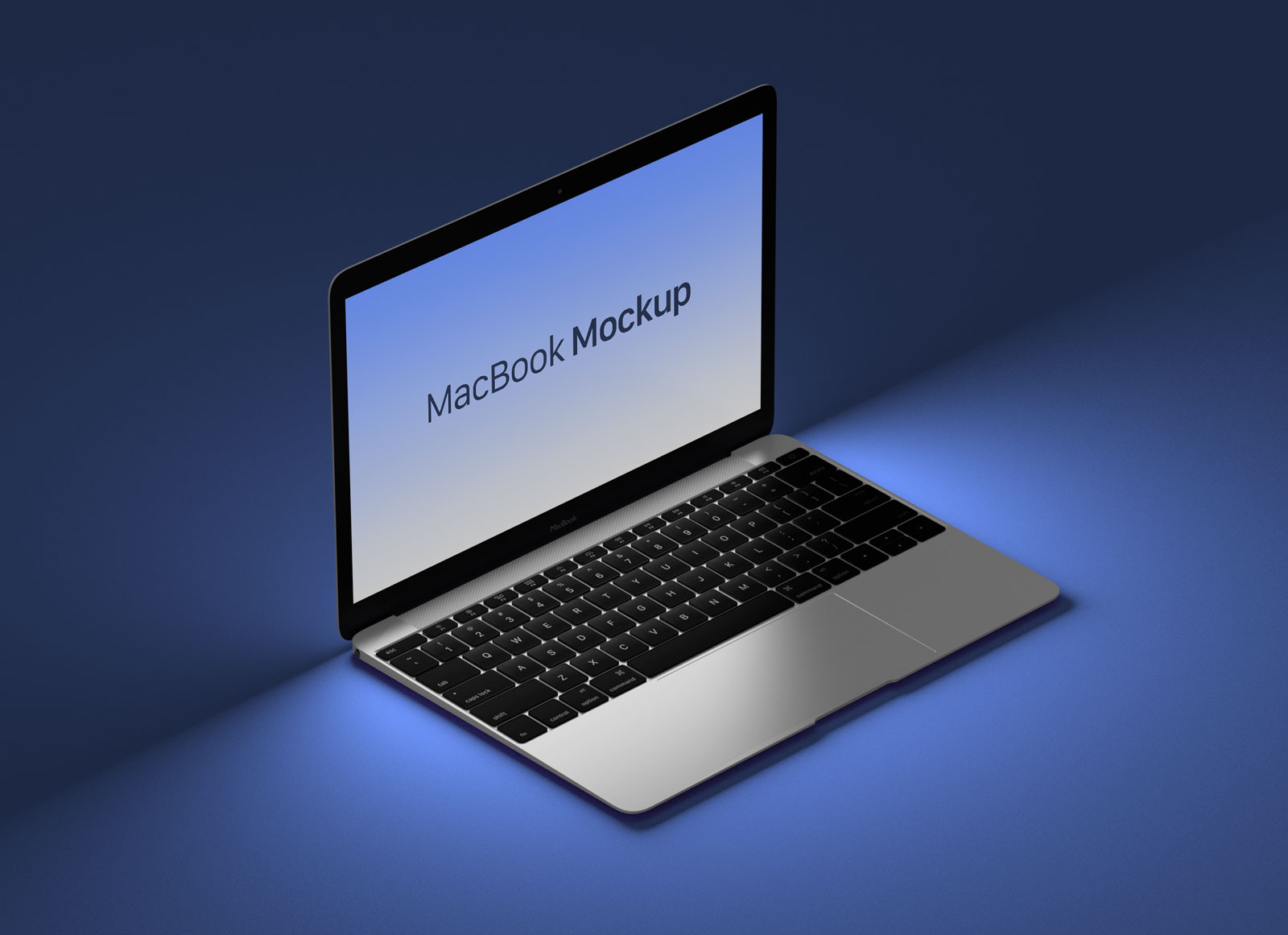Cybersecurity: Safeguarding the Digital Future

In today’s hyper-connected world, where nearly every aspect of our personal, professional, and social lives is online, cybersecurity has never been more crucial. As we rely on technology for everything from banking and shopping to education and work, the risks associated with cyber threats are constantly growing. From data breaches to ransomware attacks, cybersecurity is a top priority for businesses, governments, and individuals alike. This post explores the importance of cybersecurity, the emerging threats we face, and the innovative solutions being implemented to safeguard the digital landscape.
The world of cybersecurity is constantly evolving, and staying ahead of the curve is essential for protecting sensitive information and preventing cyberattacks. With new technologies emerging all the time, it can be challenging to keep up with the latest trends and developments. In this blog post, we will explore some of the newest cybersecurity technologies and how they can help keep your data safe.
🔐 The Evolving Threat Landscape
Cybersecurity has become a global concern as cybercriminals continually develop more sophisticated methods to exploit vulnerabilities. Ransomware, where attackers lock systems and demand payment for release, has become one of the most common threats, affecting everything from local businesses to national health systems. Additionally, phishing attacks, which trick individuals into disclosing sensitive information, remain prevalent.
With the increasing integration of Internet of Things (IoT) devices, there are more entry points for attackers to infiltrate networks, making it crucial for individuals and organizations to be proactive in securing their digital infrastructures. In fact, by 2025, the number of connected devices is expected to exceed 75 billion, significantly amplifying the cybersecurity challenge.
🧠 The Role of Artificial Intelligence in Cybersecurity
One of the most promising advancements in cybersecurity is the use of artificial intelligence (AI) and machine learning to detect and combat cyber threats. AI-powered systems can analyze vast amounts of data in real-time, identifying suspicious patterns that would be nearly impossible for human analysts to spot. These AI tools can proactively block potential threats, assess vulnerabilities, and even predict new types of cyberattacks before they occur.
For example, AI-driven threat detection systems are being used by organizations to monitor network traffic and identify anomalies that might indicate a breach, all while reducing the burden on cybersecurity professionals. Additionally, machine learning can help refine security measures by continuously adapting to emerging threats, improving response times and overall protection.
🔒 Cybersecurity Best Practices for Individuals and Businesses
In addition to leveraging advanced technologies, there are a number of best practices that both individuals and businesses can follow to enhance their cybersecurity posture. For individuals, strong password management, multi-factor authentication (MFA), and being cautious of phishing scams are essential steps in preventing personal data theft. Additionally, ensuring that devices are regularly updated and running the latest security patches is crucial to minimizing vulnerabilities.
For businesses, cybersecurity training for employees is vital. Human error is often the weakest link in a security chain, so organizations should invest in training their staff to recognize phishing attempts, avoid insecure practices, and report suspicious activities. Regular penetration testing and audits should also be conducted to assess the effectiveness of existing security measures and identify potential gaps.
🛡️ The Rise of Zero Trust Security Models
In response to the growing complexity of cyber threats, many organizations are adopting the Zero Trust security model. Unlike traditional security models that rely on the assumption that everything within the network is trusted, Zero Trust operates under the assumption that threats can exist both inside and outside the network. This model requires strict verification for every user and device trying to access company resources, regardless of their location.
The Zero Trust approach involves continuously verifying identities, devices, and access rights, limiting users to only the resources they need, and ensuring that access is monitored and controlled in real-time. This method drastically reduces the risk of insider threats and helps organizations better secure their sensitive data.
🌐 The Future of Cybersecurity: Blockchain and Beyond
As cyber threats continue to evolve, cybersecurity professionals are exploring the potential of emerging technologies like blockchain to further enhance digital security. Blockchain technology, widely known for its role in cryptocurrency, offers a decentralized and immutable ledger system that could be applied to secure sensitive data exchanges. By using blockchain, organizations could verify the integrity of data, ensuring that it has not been altered or tampered with during transmission.
Another exciting development is the use of quantum computing in cybersecurity. While quantum computers have the potential to break traditional encryption methods, researchers are also working on quantum encryption techniques that could create virtually unbreakable security systems. As quantum technology becomes more mainstream, it’s expected to significantly enhance cryptography and the ability to protect sensitive information.
🔍 The Importance of Cybersecurity Awareness
As the cybersecurity landscape continues to shift, it is critical to maintain a proactive mindset toward digital safety. Governments, businesses, and individuals must prioritize cyber hygiene and stay informed about new threats and protective measures. By integrating cybersecurity awareness into everyday practices, we can reduce the risk of falling victim to cybercrimes and build a more resilient digital world.
In a world where everything is connected, maintaining a strong defense against cyber threats is not just about protecting data — it’s about safeguarding our digital economy, national security, and personal privacy. The more we invest in cybersecurity, the better equipped we’ll be to face the evolving challenges of the digital age. To know more about this, click here.



